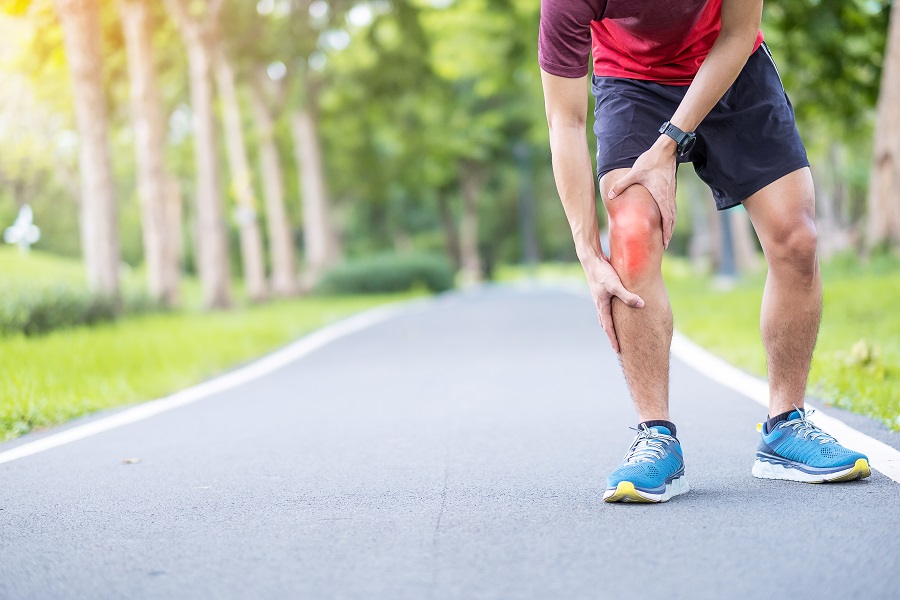Arthritis is a common disease that causes inflammation in the joints and affects millions of older people around the world. It can cause long-term pain, mobility issues, and a lower quality of life. But with the proper techniques and support from loved ones an home care, seniors can lessen the effects of arthritis and continue to live busy, full lives. Continue reading to learn five good ways for seniors to deal with arthritis and improve their overall health.
Managing arthritis in seniors can greatly improve their quality of life and help alleviate pain and discomfort. Here are five effective ways to manage arthritis in seniors:
- Regular Exercise: Regular physical activity is crucial for managing arthritis. Low-impact exercises like walking, swimming, and cycling can help improve joint flexibility, strengthen muscles, and reduce pain. Encourage seniors to engage in exercises that are gentle on the joints and provide adequate support.
- Weight Management: Maintaining a healthy weight is important for seniors with arthritis, as excess weight places additional stress on the joints. Encourage a balanced diet that includes plenty of fruits, vegetables, whole grains, lean proteins, and healthy fats. Seek the assistance of a registered dietitian or nutritionist to create a personalized meal plan.
- Medication and Treatment: Consult with a healthcare professional to develop a medication and treatment plan tailored to the senior’s specific arthritis symptoms. Nonsteroidal anti-inflammatory drugs (NSAIDs), pain relievers, and corticosteroid injections are common options. Physical therapy and occupational therapy can also be beneficial for managing pain and improving mobility.
- Assistive Devices: Assistive devices can help seniors with arthritis perform daily activities with less discomfort. Options include using canes or walkers for stability, installing handrails and grab bars in the home, using jar openers or gripping aids in the kitchen, and utilizing adaptive tools for dressing and grooming.
- Hot and Cold Therapy: Applying heat or cold to the affected joints can provide temporary pain relief and reduce inflammation. Heat therapy, such as warm showers, heating pads, or warm towels, can help relax muscles and improve blood circulation. Cold therapy, like ice packs or cold compresses, can numb the area and reduce swelling.




